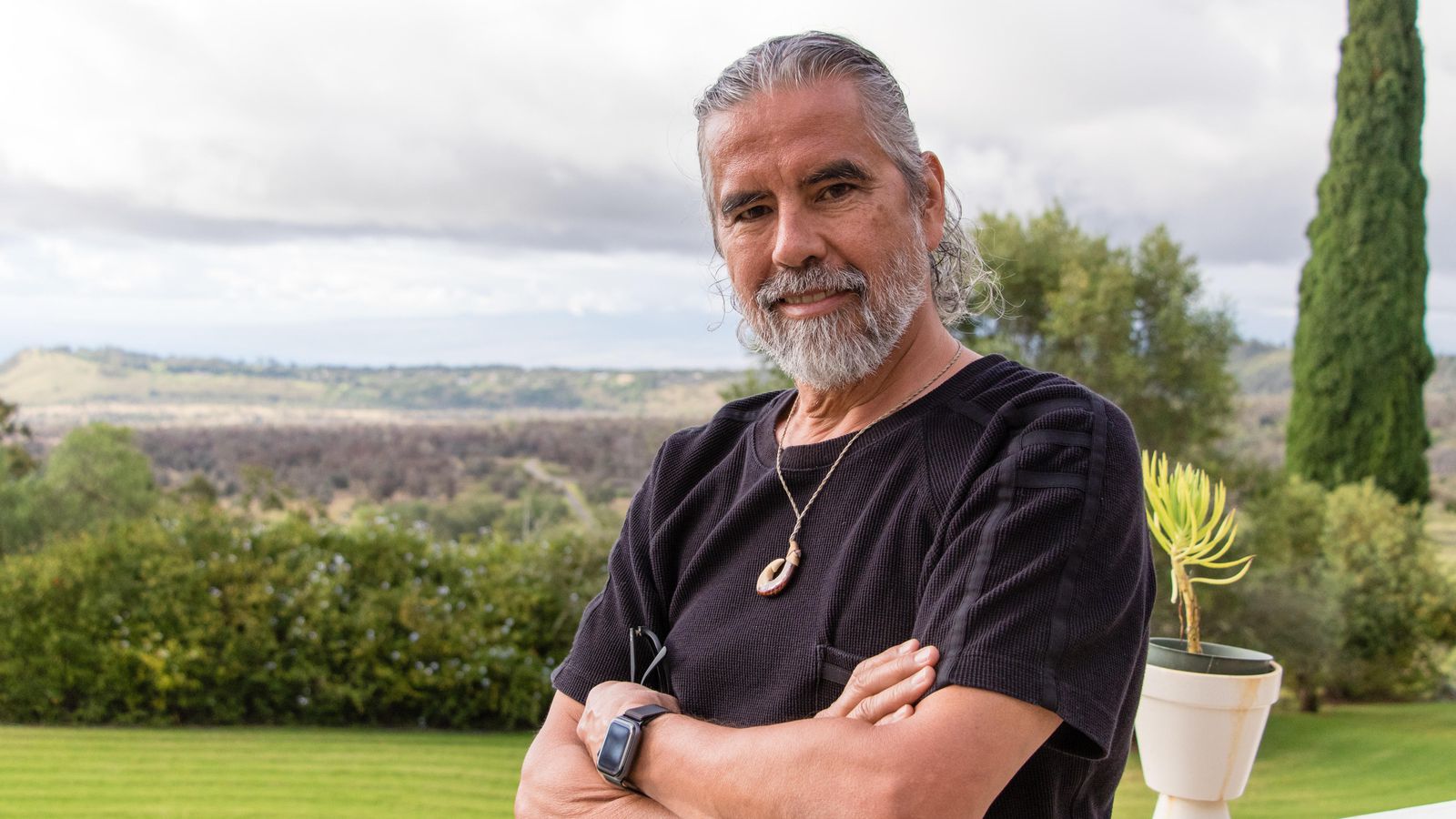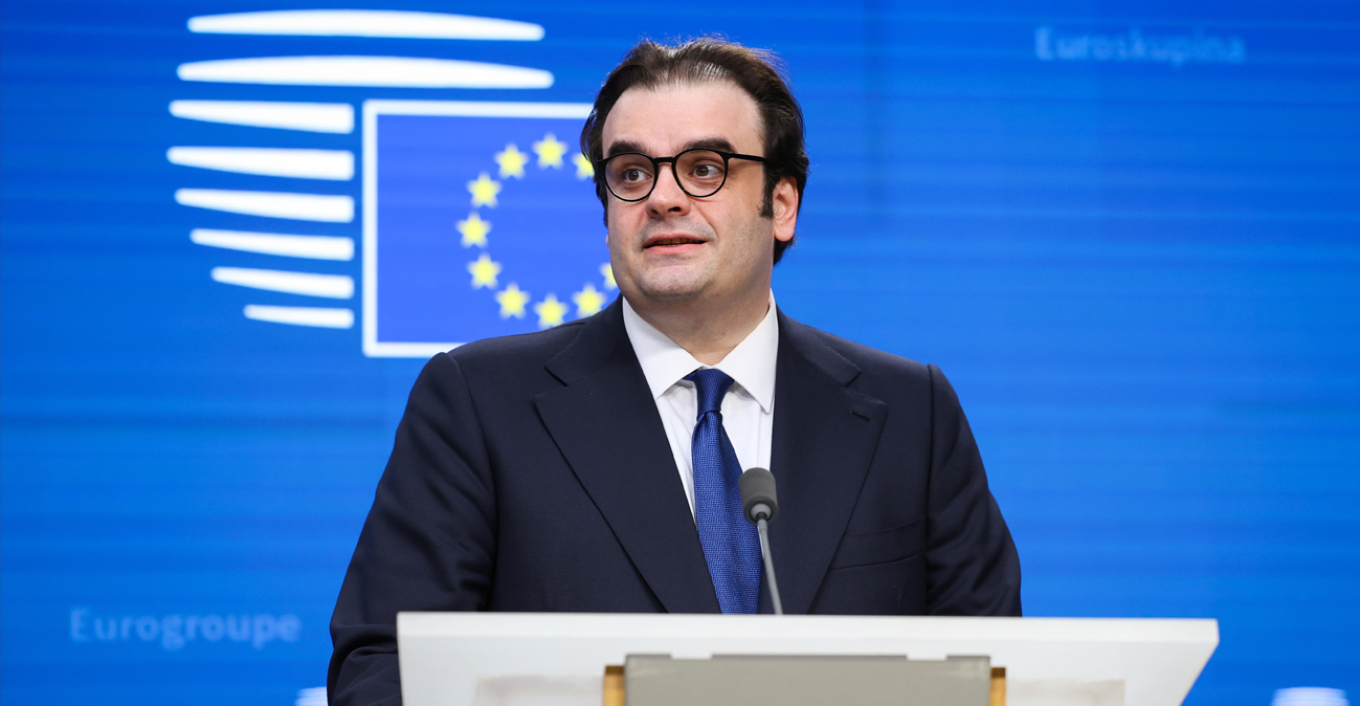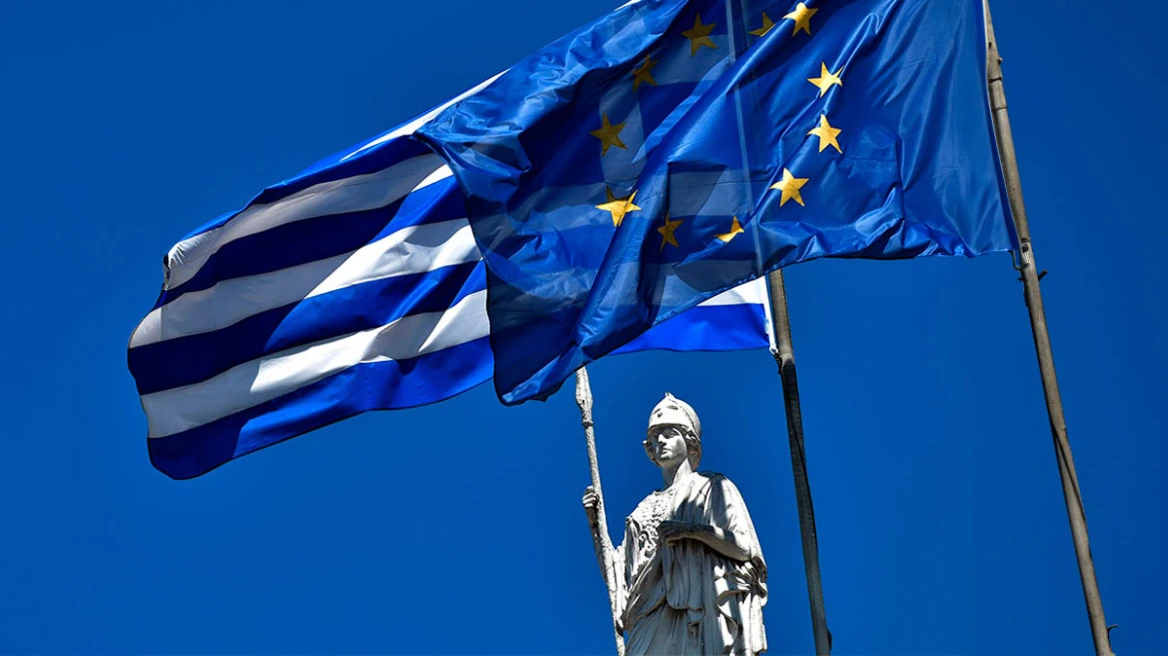The drive to Mars is bumpy and rough. Out the window of the four-wheel-drive I’m riding in, I see nothing but barren landscape and volcanic rock. As the wind picks up and howls through the windows, the surroundings seem even more otherworldly.
We crest a hill and approach the only sign of civilization for miles: a white dome that resembles the billowing clouds in the sky above. We’re not really on Mars — or not yet anyway. We’re on the Big Island of Hawaii, high up on Mauna Loa, an active volcano 8,200 feet above sea level. The dome is HI-SEAS, or Hawaii Space Exploration Analog and Simulation, a simulator that prepares would-be astronauts for life on the moon or Mars.
As we approach it, Henk Rogers’ reason for going to Mars rings in my ears: “We need to have at least one other place where life as we know it exists.”
Rogers, 65, is the charismatic Dutch technology entrepreneur and owner of HI-SEAS. But he’s passionate about more than just space exploration. He’s also working to develop sustainable energy solutions for Earth, starting in Hawaii. The timing couldn’t be more appropriate — 2019 is on track to be the second (or third) hottest year on record. With Hawaii’s abundance of sunshine and natural resources, the island state is the ultimate testbed for showing how impactful and cost-effective renewable energy solutions can be.
In 2007, Rogers started the nonprofit Blue Planet Foundation to end the use of carbon-based fuels in Hawaii and to advocate for clean energy solutions to the US and the rest of the world. He’s also taken all his properties off the grid as part of his plan to show people how easy it can be to move away from fossil fuels. Or as he puts it, “I have to clean my own room before I can ask other people to clean theirs.”
His room, as I find out, is pretty neat.
Read more HERE
Ask me anything
Explore related questions





